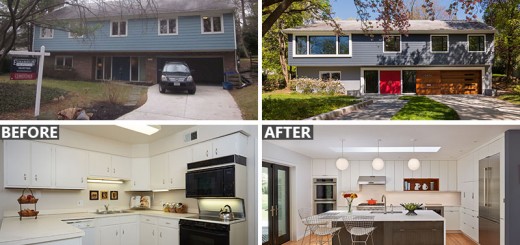Electric vs Gas Heating Cost – Pros And Cons
We live in times when we make comparison all the time for the sake of savings. On the other hand, the technological evolution brings us before options hard to differentiate unless a thorough research is done. This time we will take a close look at the electric vs gas heating cost, highlighting both pros and cons. In any case, before drawing the final line, you need to bear in mind that all these comparisons remain on paper unless a well thermal insulated home.
Let’s start the debate with a fact: gas prices have been going up constantly in most parts of the world and sometimes they go hand in hand with major political conflicts impacting the final home consumer. Electricity, on the other hand, comes from various sources, with renewable energy gaining more weight in the overall electric power consumption.
Let’s start with electric heating: the main advantage is that the electric grid has a wide coverage, mostly in any country. Secondly, electric heating has a 100 % efficiency, which means every consumed kW turns into heat. Then, the heating system is easy to install in this case, doesn’t require a vent chimney and frequent technical inspections, are silent, have no carbon emissions and there’s no risk of explosion.
As concerns the cons, you need to know electric heating is a smart choice when you have a small living space. Secondly, the electric grid has to be adjusted to support high capacity electric heating systems. For instance, for an electric heating system with a capacity going beyond 12 kW, a three phase electric wiring installation is not enough anymore and has to be recalibrated.
Let’s now look at has heating: the systems go with all types of heating installations (floor heating, radiant panels) and are efficient in large spaces as well. Experts say their efficiency keep the pace with the electric heating systems and, recently, automatization can help save fuel, while the gas price is still affordable for most of the consumers.
The cons feature a low access to a natural gas network or very high connection costs, installation done only by specialized companies, under strict conditions – frequent technical inspections, supplementary safety measures – which can make costs go up, noisier in use over time.
For a final review, last year Romania’s energy regulatory body said that heating a 2 room flat needs about 300 cubic meters of gas per month which means an average 70 USD bill. For the exact same surface, 60 square meters, electric heating costs about 12 USD.
Sources: Diffen.com, Imopedia.ro



















1 Response
[…] supplementary safety measures – which can make costs go up, noisier in use over time. Here is a comparison between gas and electric heating […]